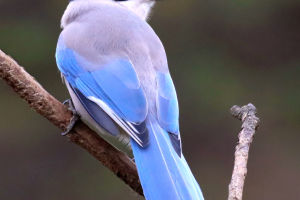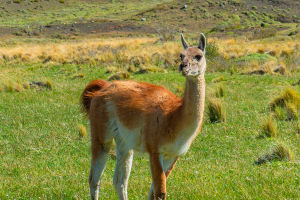Adaptable Magpies
The Magpie (Pica pica), a bird with diverse habitat, is often found in areas where human activities are present. They prefer to build their nests in large trees next to people's houses.
Magpies can adapt to different environments, including mountains and plains, and can be found in the wilderness, farmland, suburbs, cities, parks, and gardens.
However, the general rule is that the more human activities there are, the larger the number of magpies tends to be.
In dense forests where people are less likely to visit, the species is rarely seen.
Magpies are one of the most popular birds among humans, preferring to build their nests in large trees and move around settlements next to human habitation.
Magpies are often found in large pairs, foraging in open fields during the day, and roosting at night on the tops of tall trees.
In addition to breeding pairs, magpies are often found in small groups of 3-5, and often in large groups of dozens in autumn and winter.
They sometimes hang out with crows and jays.
They are alert and often have one bird on guard when foraging. Even when foraging in pairs, they often take turns to share the work of watching and foraging.
If the male magpie is looking for food on the ground, the female one stands high up and monitors.
Sometimes, the female feeds and the male watches. If danger is detected, the bird on guard will call out, and both birds will fly away.
Magpies are strong and persistent fliers, with their entire body and tail in a straight line, their tail slightly open, and wings slowly flapping. The male and female birds often keep a certain distance apart and leap forward when on the ground.
Magpie nests are often built at the top of tall tree canopies and are extremely conspicuous. Every year, in November and December, magpies begin to build their nests with branches.
Both sexes take part in the nest-building process, with the male magpie tending to work harder. As the branches used for the nest are large and thick, some of them can barely be picked up and flown by magpies.
Therefore, the female magpie may not be able to cope with the task, and the male magpie is mostly responsible for transporting them.
At the beginning of the nest, the magpies first pile up the bottom of the nest on the three branches of the tree. Then they stand in the center and build a wall around the nest, later going to the wall to build beams to further seal the top of the nest.
Magpies are known for their intelligence and problem-solving skills. They are omnivores, feeding on insects, small animals, fruits, and seeds.
However, they are also known to steal food from other birds, and even animals such as cats and dogs. Despite their often-misunderstood reputation for being a nuisance, magpies play an essential role in the ecosystem as they help to control insect populations.
The magpie is a fascinating bird species that have adapted well to human environments. They are social birds that forage in groups, build conspicuous nests, and are known for their intelligence and problem-solving skills.
While they may be considered a nuisance by some, magpies play an essential role in the ecosystem and are a valuable part of our natural world.


